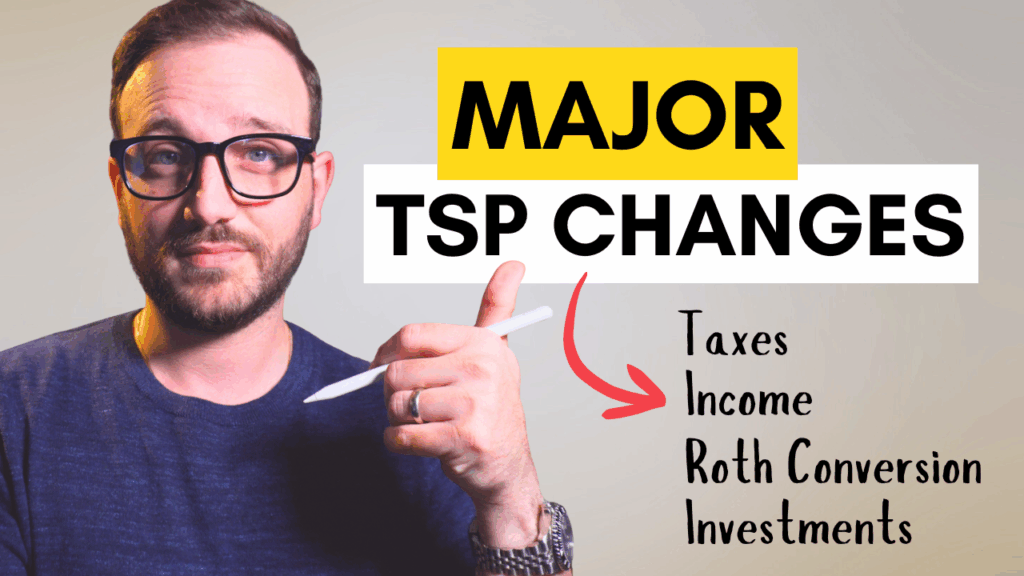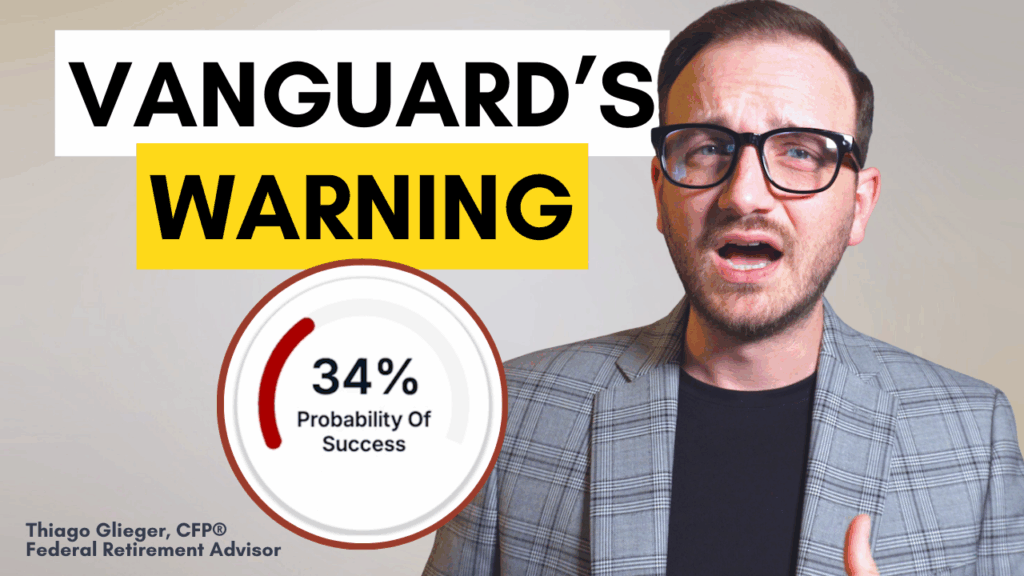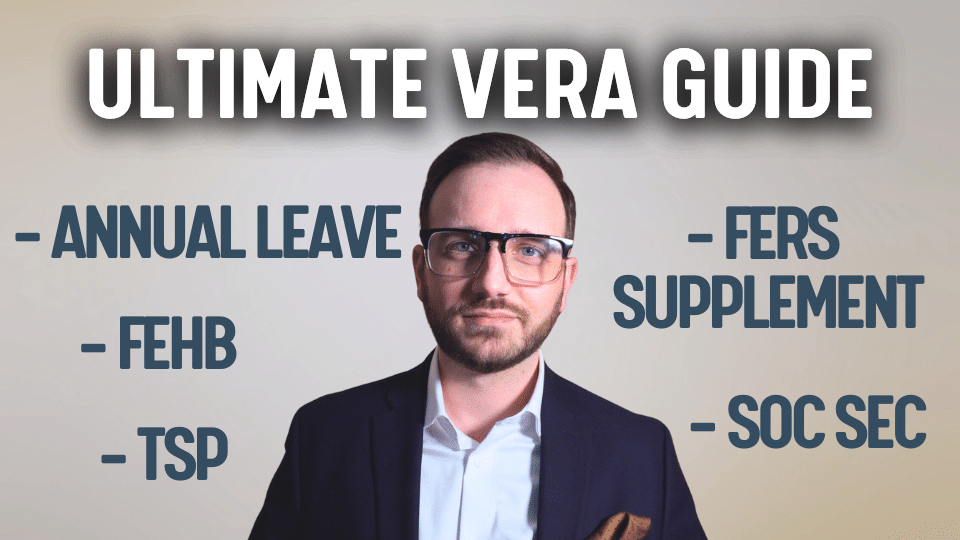The TSP Risk That Can Wreck Your Retirement — And How to Avoid It
Markets have bounced back. Portfolios are climbing. Federal employees are falling in love with the C, S, and I Funds all over again.
But here’s the thing: every time the market recovers quickly, like it did this year, we seem to forget how fast it can all fall apart.
If you’re retiring in the next five years — maybe even the next ten — there’s a strategy you must have in place to protect your retirement. Without it, you run the real risk of postponing your plans… possibly for years.
It’s not complicated. But it is hard to get right.
Why Your Favorite TSP Funds Become Dangerous in Retirement
The C, S, and I Funds have been good to you. They’ve delivered years of growth. They’ve padded your balance and given you the rush of seeing big numbers climb higher.
Walking away from that? It’s hard. Human nature resists it. Just look at how many people sprinted into the I Fund this year once they saw its performance take off.
Here’s the problem: by the time you join the party, the big run-up has often already happened. Research shows chasing past performance usually means you’ve missed most of the growth.
Missing only 10 of the best days in the markets during a given timeframe means you may have missed out on more than half of the growth — and taken on more risk without realizing it.
The Shift No One Warns You About
When you retire, your relationship with your portfolio flips. You stop feeding it and start drawing from it. That changes everything. You’re quite literally managing your money in reverse.
High-growth funds don’t just bring growth. They bring volatility — wild swings that can deliver big losses in any given year.
While you were working, you could wait out the bad years. You had a paycheck to keep you afloat. In retirement, you don’t have the luxury of time any longer.
If your FERS pension, supplement, and Social Security don’t fully cover your needs, you’ll be pulling money from your investments. And if you’re aggressively invested when markets drop? You’ll be forced to sell at a loss — locking in the damage.
So many federal employees simply limit their spending—their lives—in fear of making a bad decision. Sounds like a GREAT start to retirement already…
The Strategy That Puts You Back in Control
It starts with one question: when will you need your money, and how much will you need?
That’s your “time horizon” — the foundation of smart retirement planning.
Break it into chunks:
- Money you’ll need in the next 1–2 years: Keep it safe in cash, money markets, high-yield savings, CDs, short-term bonds, etc. Low risk. Easy access.
- Money for up to 5 years: Consider bonds that align duration to your cash flow needs. You can lock in an interest rate that you receive from the bond now for the next several years. This is helpful if rates start going down.
- Money beyond 5 years: This is where things get more complicated. Stock investments may have a place, but which kinds? Growth stocks demand much longer timelines than 5 years, maybe closer to 10. But not all stock index funds are created equally. Varying sectors offer different things. Think of them as different tools in your toolbox needed for the job.
The idea is to match your portfolio (the ‘tools’ for cash flow) with your plans, be them vacations, home renos, or the boring day to day stuff.
How Much Cash Is Enough?
If you’re still working, the CFP Board’s gold standard is to keep at least three months’ expenses in liquid cash — six months if you’re in a single-income household or worried about job stability. Dual feds? There’s more nuance to this.
When you retire, the math changes. If your FERS pension and Social Security cover part of your needs, you calculate cash reserves based on the gap.
Example:
You need $8,000/month after tax.
Your pension and supplement provide $3,000/month.
Your gap is $5,000/month.
Six months’ worth would be $30,000. But is that enough? Probably not.
Markets take an average of 2.5 years to recover from a downturn. That’s why we caution feds to plan for at least two to three years of cash flow needs. Getting this wrong could mean you’re slowly bleeding your plan of its lifeline, and one day the cash flow could not be enough.
Why This Isn’t “Set It and Forget It”
Even the best-laid retirement plans need adjusting. A plan is a snapshot in time. Plans become worthless, planning sets your trajectory.
Markets change. Tax laws change. Interest rates rise and fall. Wars, recessions, pandemics — they all shift the world around you, and in turn which assets make sense for your next “chunk” of years.
Right now, money markets are paying around 4%. That’s great — but when the Fed cuts rates, those yields will fall. If you wait until then to buy bonds, you might lock in much lower rates.
That’s why your plan should be forward-looking — anticipating what you’ll need and structuring your assets before the environment changes.
Poor plan implementation is one of the most influential components of retirement-failure. Fidelity showcases how investors are quite literally their own worst enemies.
The Takeaway
Sticking with the C, S, and I Funds worked while you were building your career. But in retirement, they can quietly become your biggest threat.
Your ability to make smart, non-emotional decisions — backed by a clear, time-based process — is what turns a volatile market from a threat into just another part of the plan.
Because in retirement, it’s not about chasing the highest returns. It’s about making sure you can weather the storms, because it’s not just your money, it’s your future.



